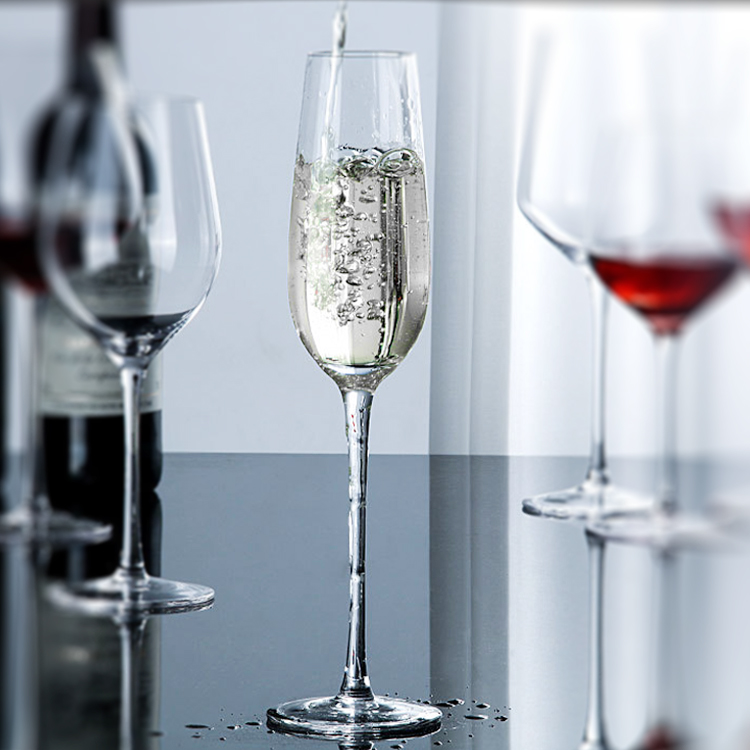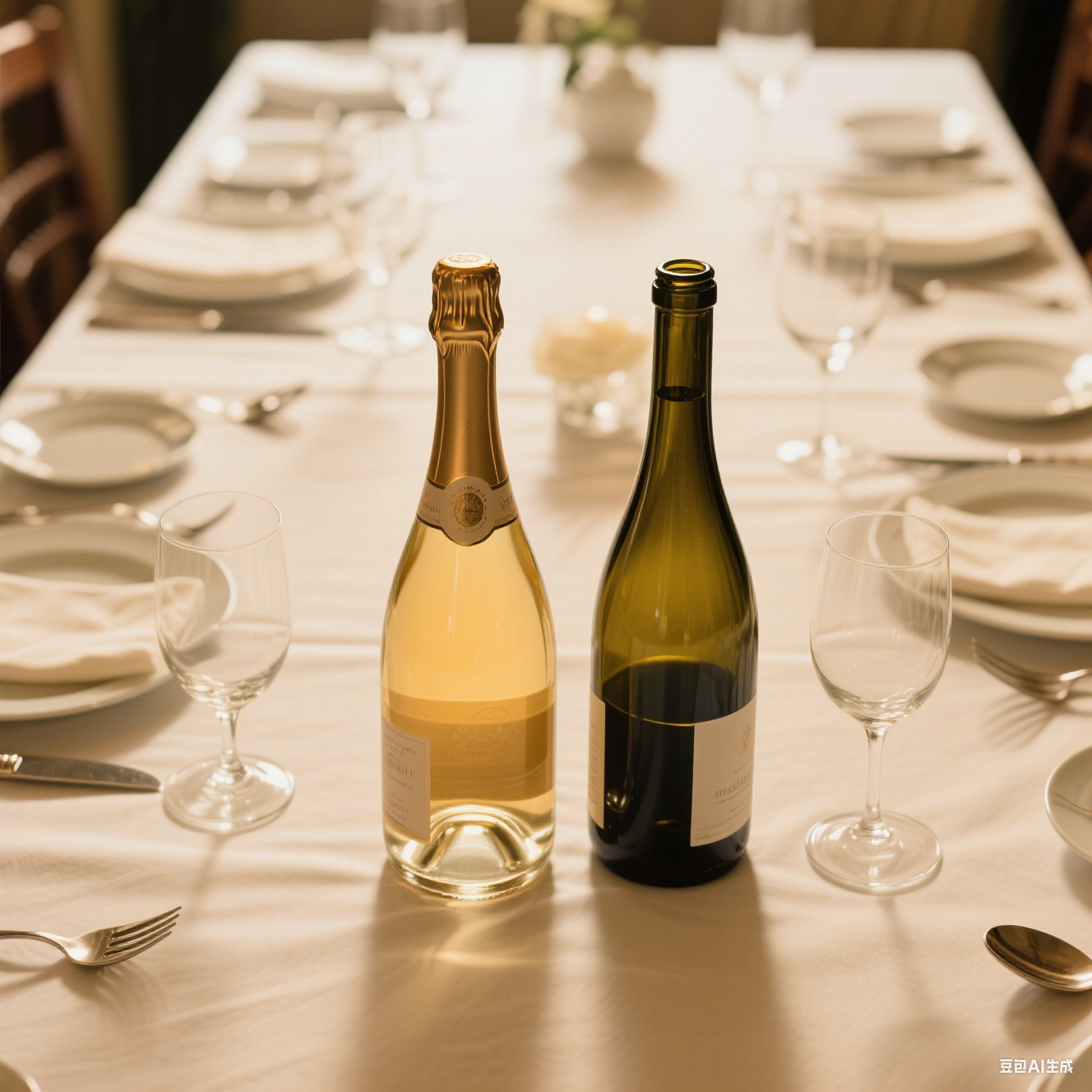4 Differences Between Champagne Bottles And Regular Wine Bottles
4 Differences Between Champagne Bottles And Regular Wine Bottles
In the wine industry, the design of a bottle serves more than just a functional purpose; it significantly influences the wine's quality, its presentation, and the overall experience for consumers. The packaging of wine is as crucial as that of luxury fragrances. Interestingly, many individuals can identify the type of beverage contained within a bottle solely by its shape, often without needing to read any labels — an impressive observation, wouldn't you agree?
While both champagne and standard wine bottles are crafted from glass, they differ considerably in several aspects, including design, materials, and production methods. A notable distinction lies in their closures.

Are you aware of this? It seems you possess a keen eye for detail and an ability to notice subtleties in everyday life. If we were to become acquaintances, it would surely be a pleasure.
This article aims to explore the contrasts between champagne bottles and regular wine bottles, emphasizing the significance of glass bottles regarding customization, wholesale practices, and suppliers.
1. Design and Structure of Glass Wine Bottles
One of the primary distinctions between champagne bottles and standard wine bottles is their design. The essential difference is that champagne contains carbonation and is subjected to higher pressure, which results in an explosive release upon opening — similar to beer. This characteristic necessitates a unique design for champagne bottles.
Champagne bottles typically feature a specialized shape with thicker glass and a sturdier build, allowing them to withstand the elevated pressure while creating an optimal fermentation environment. Their bases are generally more concave than those of regular wine bottles, designed to enhance stability during long-term storage and endure internal pressure. Consequently, champagne bottles are heavier and more costly due to the additional materials used.
Conversely, ordinary wine bottles usually possess a more streamlined shape with shallower bases, as they are not engineered to handle pressure. Most standard wine bottles utilize less material and are therefore lighter. However, exceptions exist for certain specialty bottles, which will be discussed at a later date.
The aesthetic appeal of champagne bottles is heightened by their elegant design tailored for pressure resistance, particularly suited for celebratory occasions where formality is paramount.
2. Material and Production Techniques
The materials employed in champagne bottles differ significantly from those in ordinary wine bottles. Champagne bottles are constructed from robust glass that can endure the carbon dioxide pressure produced during fermentation. This glass is generally thicker in critical areas such as the shoulders and base, featuring a distinctive rounded belly and elongated neck without a clear transition between them.

Ordinary wine bottles are crafted from lighter glass, prioritizing visual appeal and convenience over pressure resistance. Consequently, producing champagne bottles involves more intricate manufacturing processes requiring advanced equipment and technical expertise.
3. Closure Mechanisms
Champagne bottles typically utilize a metal cap or traditional cork sealed with a wire cage to maintain internal pressure and prevent leakage. These closures may also include colorful foil seals made from soft aluminum.
In contrast, most ordinary wine bottles are sealed with either corks or screw caps, using heat-shrinkable plastic films rather than metal for their external seals. This difference in closure design stems from the necessity for champagne to retain high pressure, which is not a requirement for standard wines.
4. Customization and Wholesale Practices
With evolving market demands, an increasing number of wine brands are focusing on customized bottle production. The need for tailored champagne and wine bottles continues to rise annually. Customization encompasses various aspects such as shape, capacity, glass material, label design, and closure types — becoming integral to a brand's identity.
While champagne bottles come in various sizes, regulations establish uniform standards to facilitate mechanization:
- Cork diameter: limited to two standardized sizes
- Bottle height
- Weight
- Pre-bottling washing and drying procedures
For instance, standard specifications for a 75cl champagne bottle include:
- Inner neck diameter: 17.5 mm
- Outer neck diameter: 29 mm
- Distance from wine level to bottle top: 72 mm
- Bottle height: 300 mm
- Bottle diameter: 88.4 mm
In summary, understanding the differences between champagne bottles and regular wine bottles is essential for appreciating their respective roles in branding and consumer experience within the wine market.